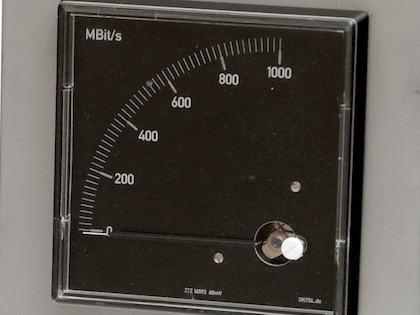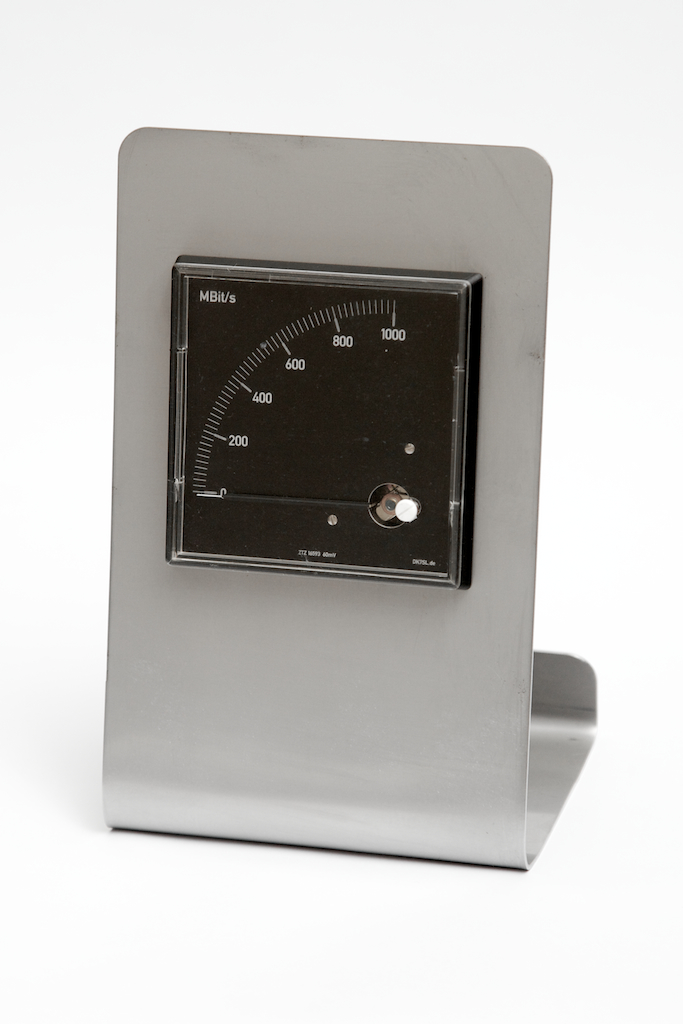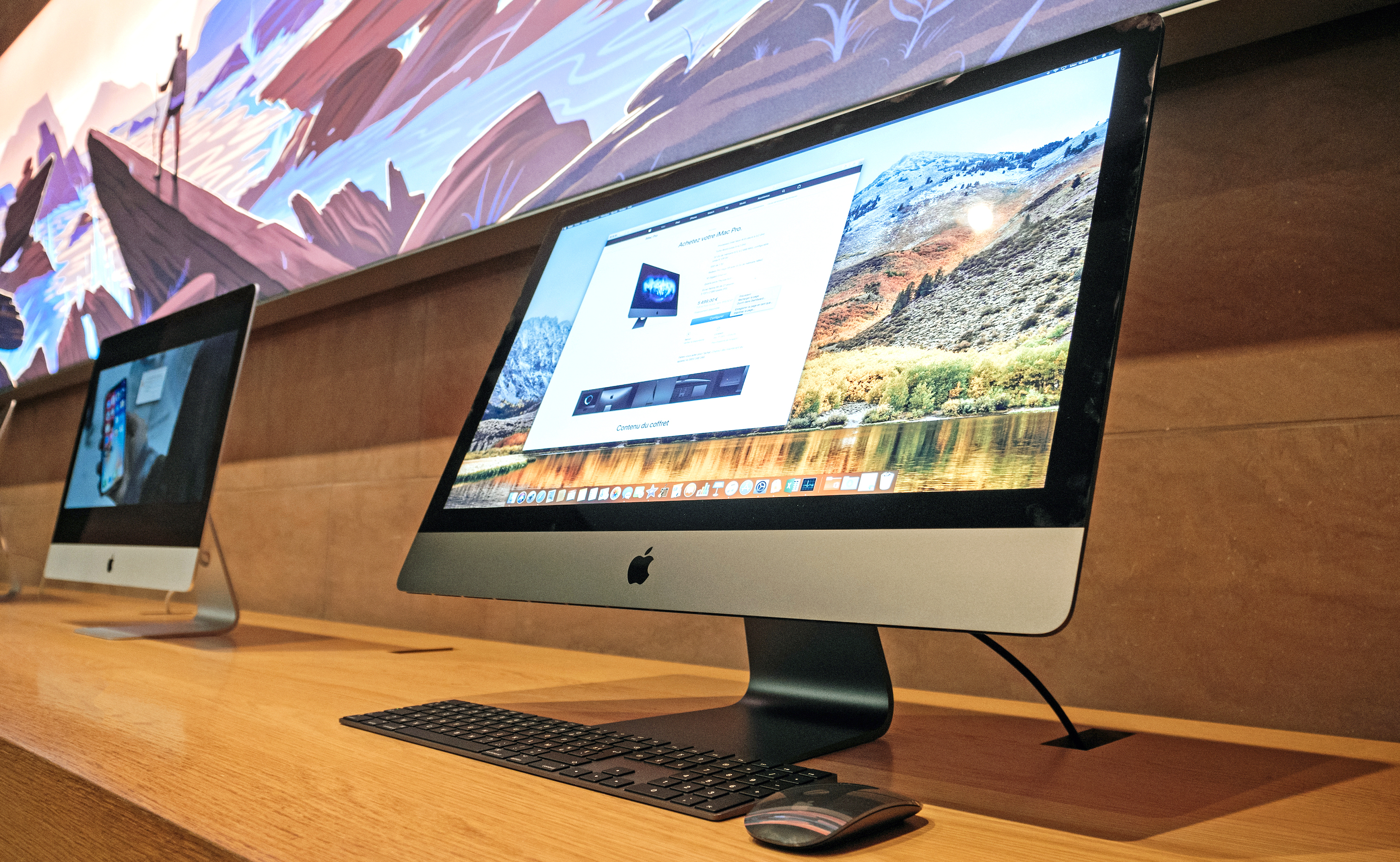It's an Awesome Analog Network Meter
Go retro! Go analog!


If you're looking for a "retro" way to monitor local network data transfer speeds, the Arduino-based MegaBitMeter (or MBitMeter) may be your ticket, offering the traditional needle-based meter mounted in a metal stand.
The device began as a working ammeter found in an amateur radio tossed aside in a junk box. However the resulting analog network meter features a faceplate cut from a piece of black anodized metal, and scale labeling etched into the metal using a 50W CO2 laser. The device uses an Atmega328 on a Arduino Nano board to monitor and relay the network connection.
The analog meter also features a stainless steel stand designed and cut with a 50W CO2 laser using SolidWorks, and then bent by hand and polished. Expanding on the idea, a wooden stand could have made for a more country, old-fashioned look. Then again, a additional mounting bracket would have been nice too, allowing users to remove the stand and throw the meter onto the side of a PC or even in the wall.
Of course, users may only max out the meter when hooked up to a true gigabit Ethernet--maybe NASA or a secret government facility out in Nevada--but chances are home network users on older systems will barely move the needle at all. Still, the network meter is a unique idea, and we'd like to see similar analog gadgets like an internal temperature gauge, CPU monitor, memory monitor--heck, we want a whole dashboard of these things.
Get instant access to breaking news, the hottest reviews, great deals and helpful tips.
Kevin started taking PCs apart in the 90s when Quake was on the way and his PC lacked the required components. Since then, he’s loved all things PC-related and cool gadgets ranging from the New Nintendo 3DS to Android tablets. He is currently a contributor at Digital Trends, writing about everything from computers to how-to content on Windows and Macs to reviews of the latest laptops from HP, Dell, Lenovo, and more.
-
wavetrex I am transfering between my to "old" (2007-2008) PCs with over 90MBytes /sec, that nearly 900mbits.Reply
I'm sure the needle would move very close to the top. -
Parsian pretty cool... they talk about their lasers a bit too much ... nuff talking and give me my sharks with freaking lasers attached to their heads..;.Reply -
Ragnar-Kon wavetrexI am transfering between my to "old" (2007-2008) PCs with over 90MBytes /sec, that nearly 900mbits.I'm sure the needle would move very close to the top.Your math is horrible.Reply
90 MBytes/sec = 720 Mbits/sec = 0.703 Gbits/sec
-
thechief73 Classy. I for one really like the retro-analog designs, but it would be nice if they scaled one down for internet levels of bandwithd.Reply -
JOSHSKORN wavetrexI am transfering between my to "old" (2007-2008) PCs with over 90MBytes /sec, that nearly 900mbits.I'm sure the needle would move very close to the top.Go take a class in computing and stop using Google.Reply
-
kosmega JOSHSKORNGo take a class in computing and stop using Google.I guess you haven't done either. Yes, 1byte=8bits but there is something called 'overhead' in almost every kind of data transmission. That means that out of the 1Gbps 'moving' in the cable some are user data and some are protocol data. When you observe a copy progress, that only reports the user data. Ethernet protocol effective throughput is approximately 70%. Therefore a 90MB/s user data transfer is around 0.7Gbps (as user Regnar-Kon mentioned above) which is maxing out the effective throughput of a 1Gbps connection.Reply -
mlopinto2k1 darkersonThats pretty nifty!I totally agree. Definitely high up there on the cool "meter"!Reply
